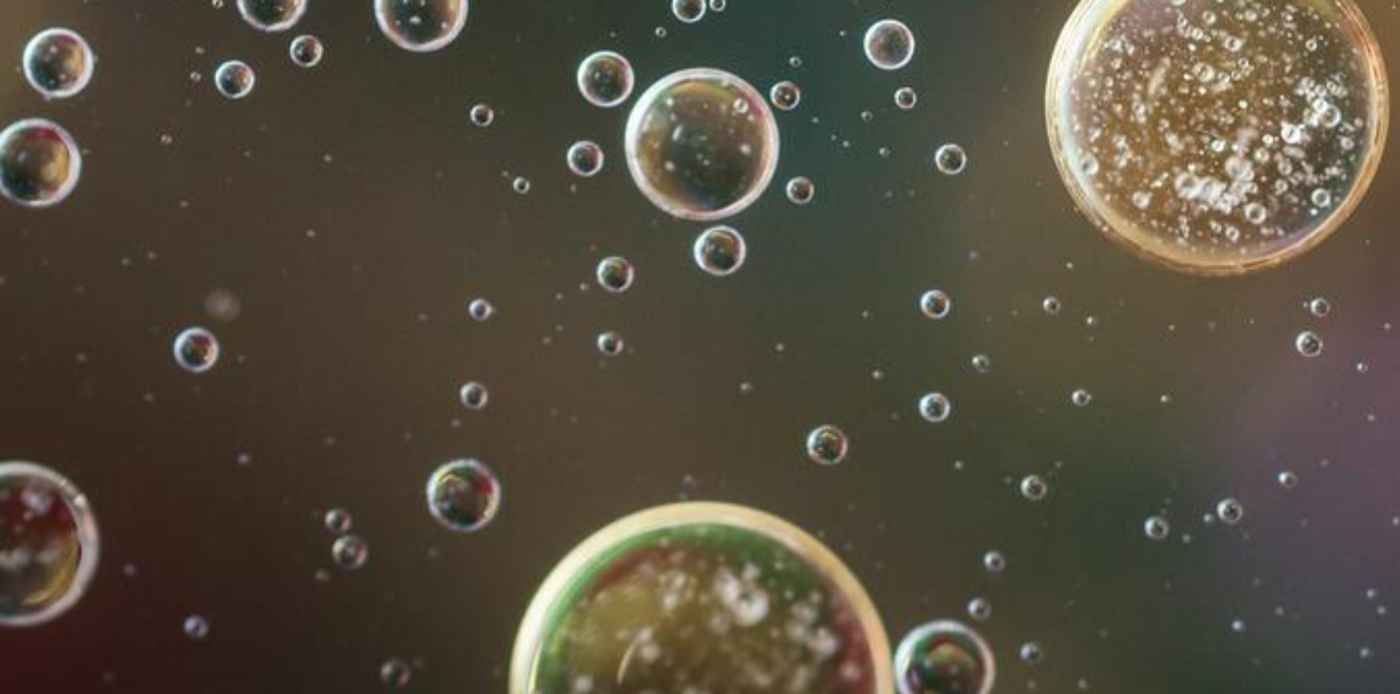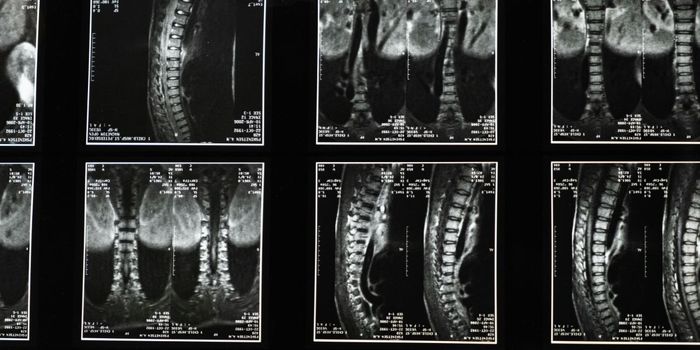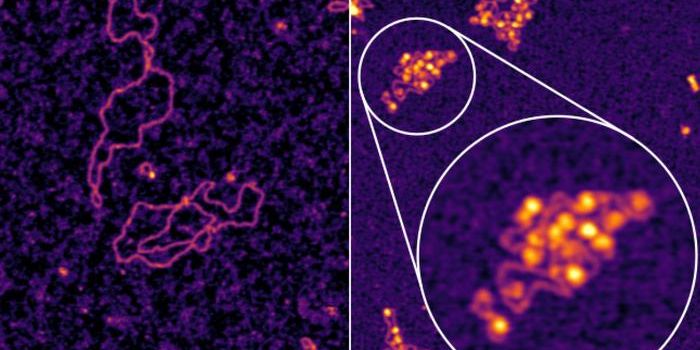Some Bacteria Can Shed Their Wall When Infected with a Virus
It was long thought that when the membrane of a cell lost its integrity and broke down, the cell would die; cells cannot survive without a cell wall. Many antibiotics target the cell wall of bacteria, while some immune proteins can form a membrane attack complex that punches holes in pathogens, for example. But a few years ago, researchers discovered that when under stress, a bacterium called Streptomyces can survive without a cell wall, though there was still a lot to learn about that finding.
To learn more about why and when bacteria lose their cell wall, Leiden University graduate candidate Véronique Ongenae grew Streptomyces bacteria in a variety of conditions. One of those conditions was hyperosmotic; it had a very high concentration of glucose. In that syrupy liquid, bacteria would be able to lose their cell wall without falling apart completely. Meanwhile, Ongenae was curious about what might happen if bacteriophages, viruses that infect bacterial cells, were added to the mix. Once that was done, the bacteria immediately shed their cell wall. The findings have been reported in Open Biology.
"I could not believe my eyes," said Ongenae. "So I repeated the experiment over and over, but the result stayed the same."
Next, Ongenae repeated the experiment with other well-characterized bacteria, Escherichia coli and Bacillus subtilis, and those bacteria reacted the same way when exposed to phages in a hyperosmotic environment. She hypothesized that as soon as bacteria are infected with the phage, they lose their cell wall, and that it may do so as a defense strategy. "By losing their cell wall, bacteria become unrecognizable for the phage and stay under the radar."
Bacteriophages are attracting a lot of research interest because they have the potential to easily defeat antibiotic-resistant bacteria. In some severe and challenging cases of antibiotic resistant infections, phages have already been used to treat patients in the clinic. This study might have implications for that approach, noted Ongenae. It seems that bacteria can find a way to evade phages, which is unsurprising considering how long bacteria and phages have been doing battle in the natural world.
What is surprising, however, is that bacteria can go to such extremes lengths to avoid phages. In addition, noted Ongenae, a hyperosmotic environment can be found in our blood vessels and urine, so it's likely that bacteria can live without a cell wall there too. "So when the phages leave the body after a few days, bacteria will regrow their cell wall and bring back the infection," she suggested.
Now, Ongenae is investigating whether pathogenic bacteria like Pseudomonas aeruginosa and Acinetobacter baumannii are also able to live without a cell wall when under stress. "Only then we will know if this is something to take into account."
Sources: Leiden University, Open Biology









